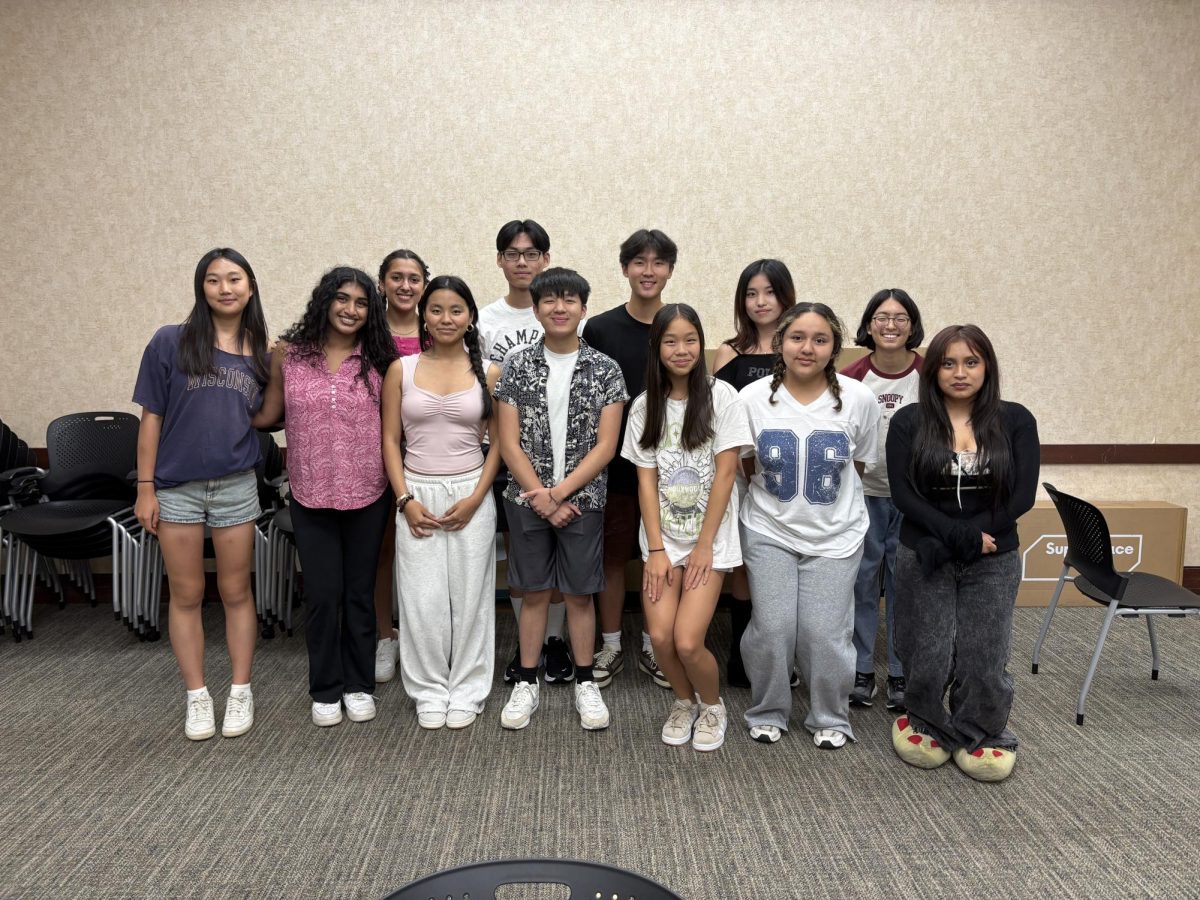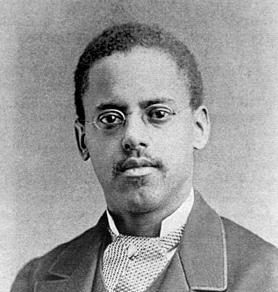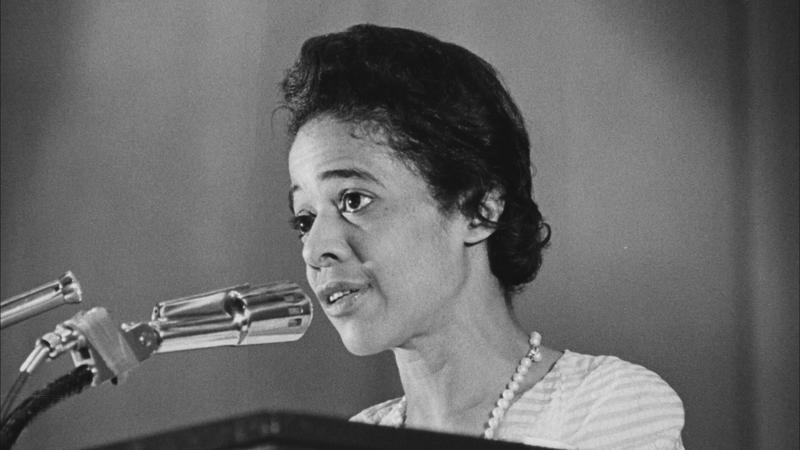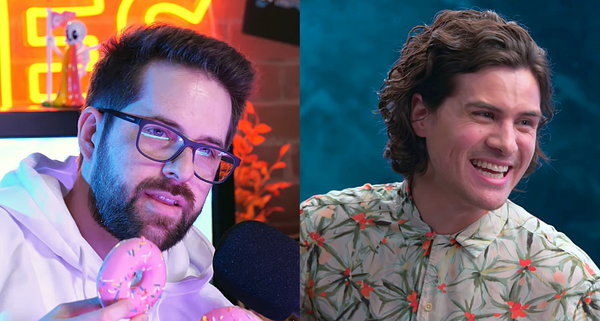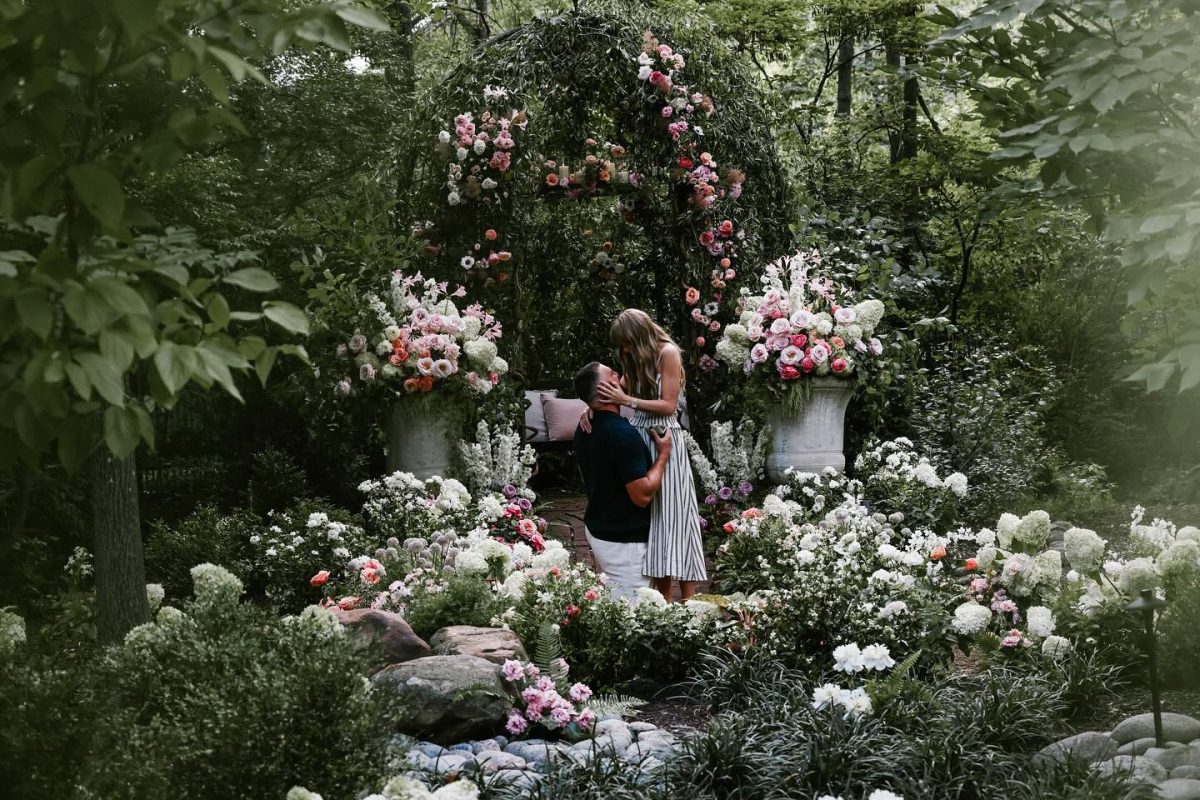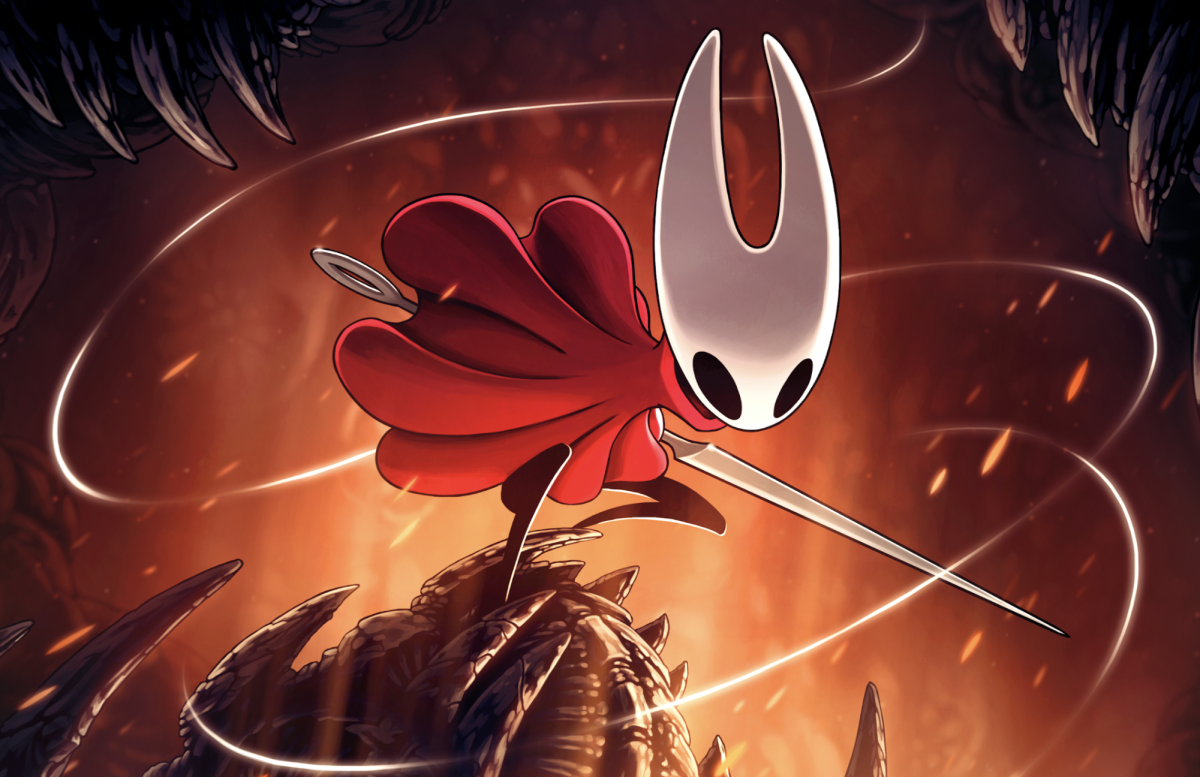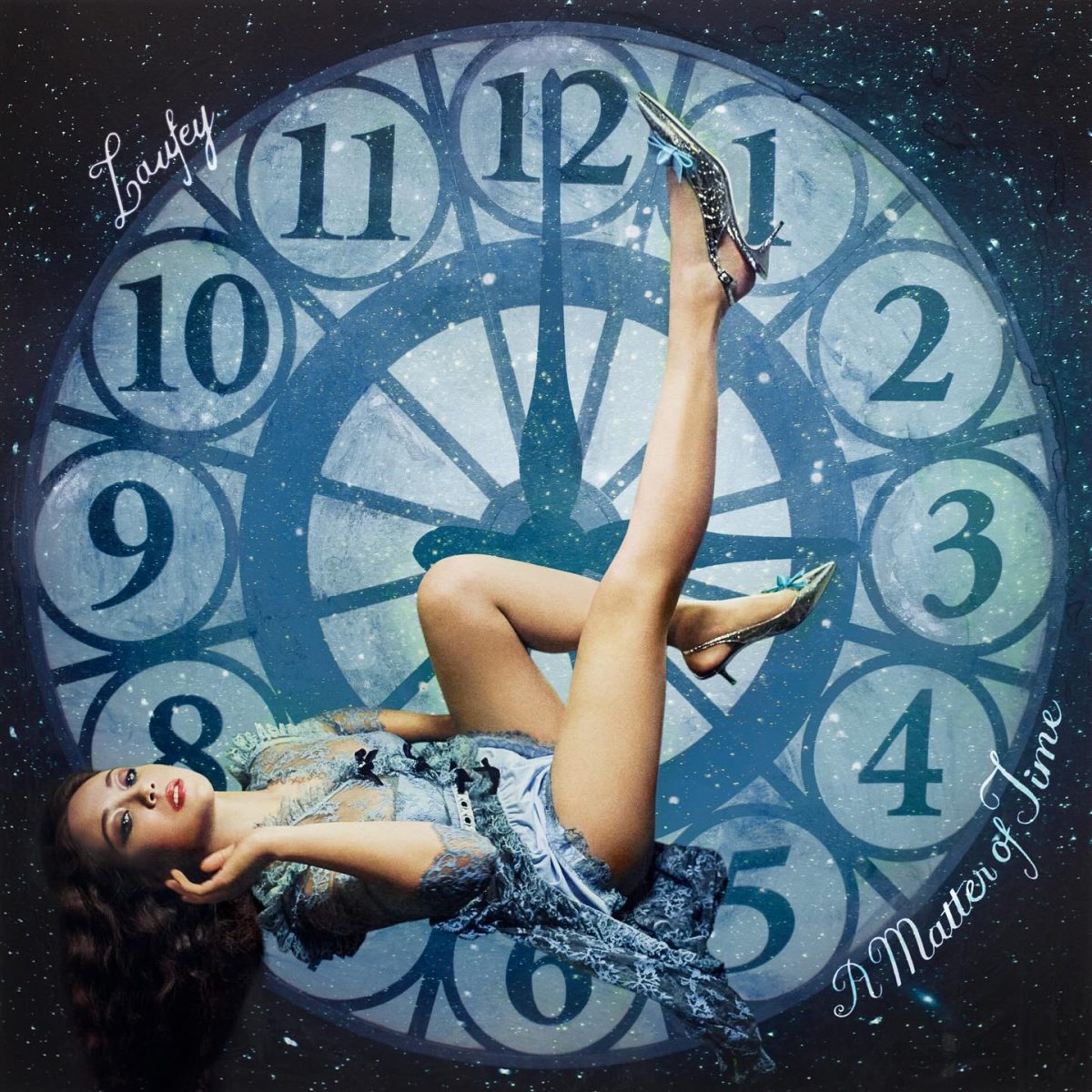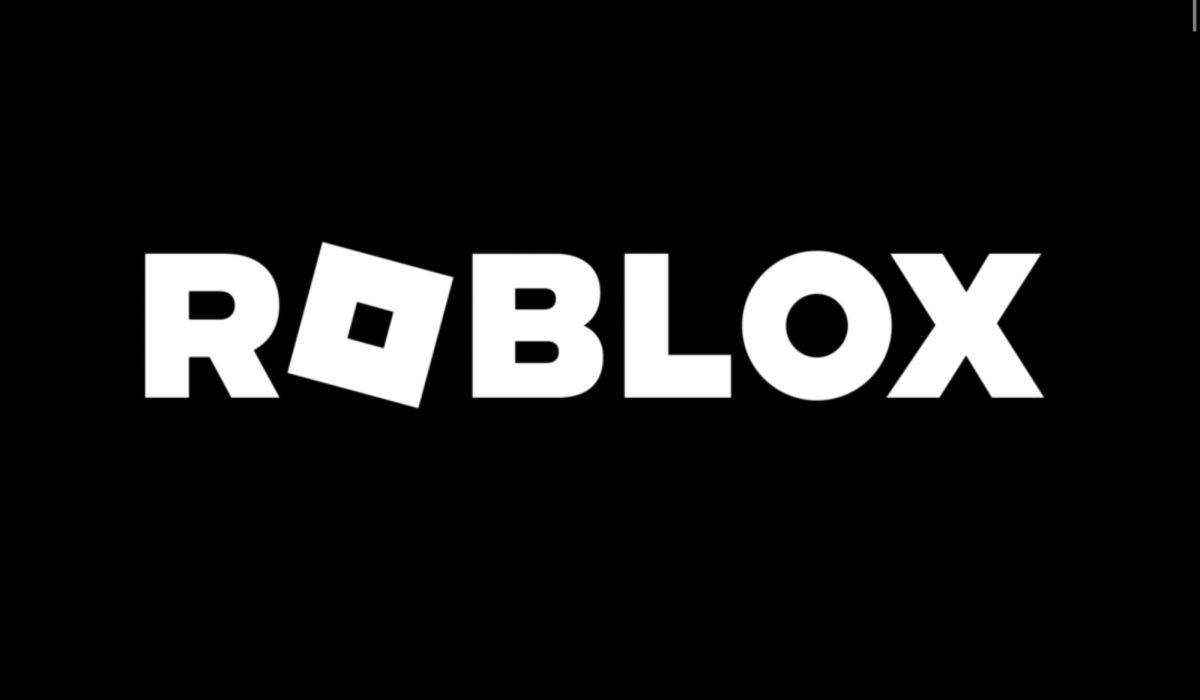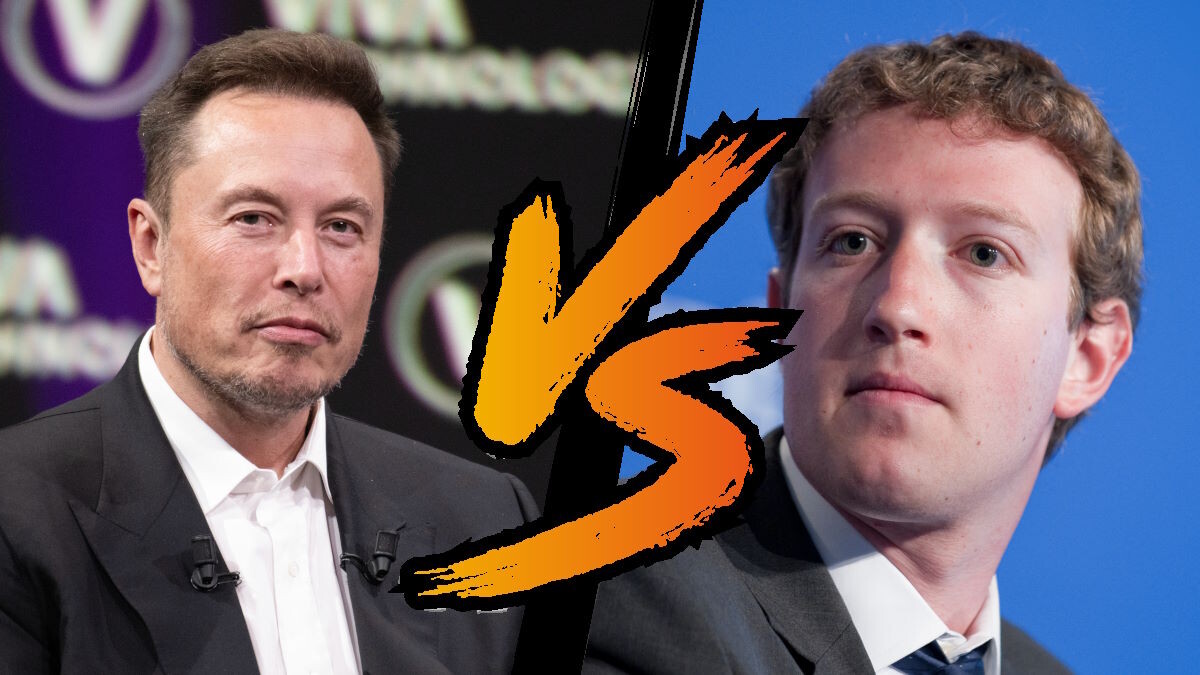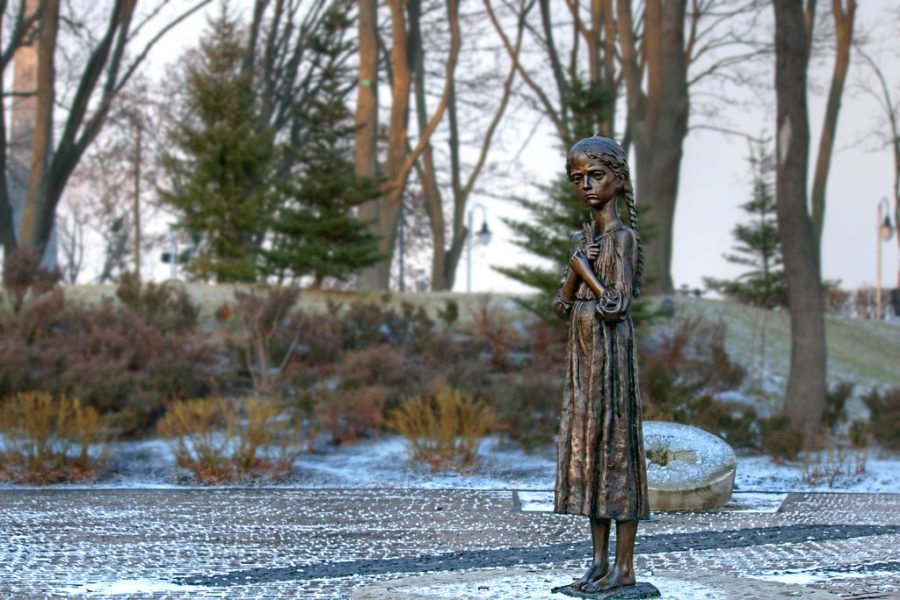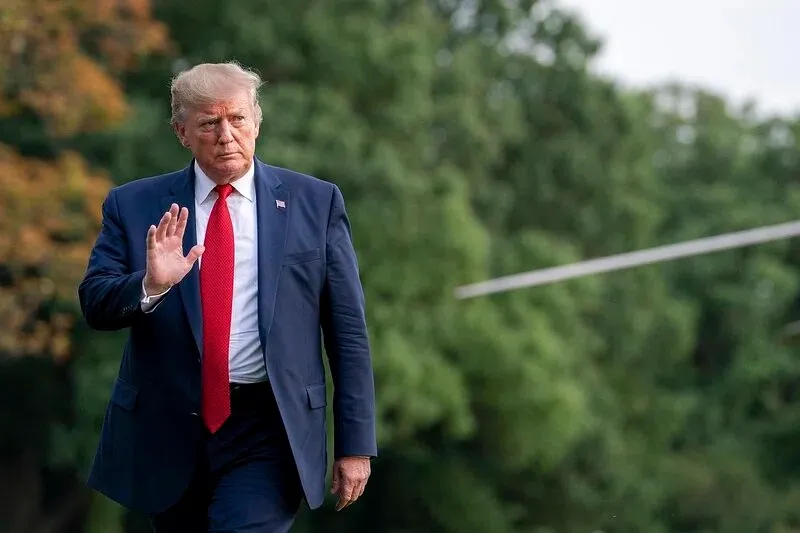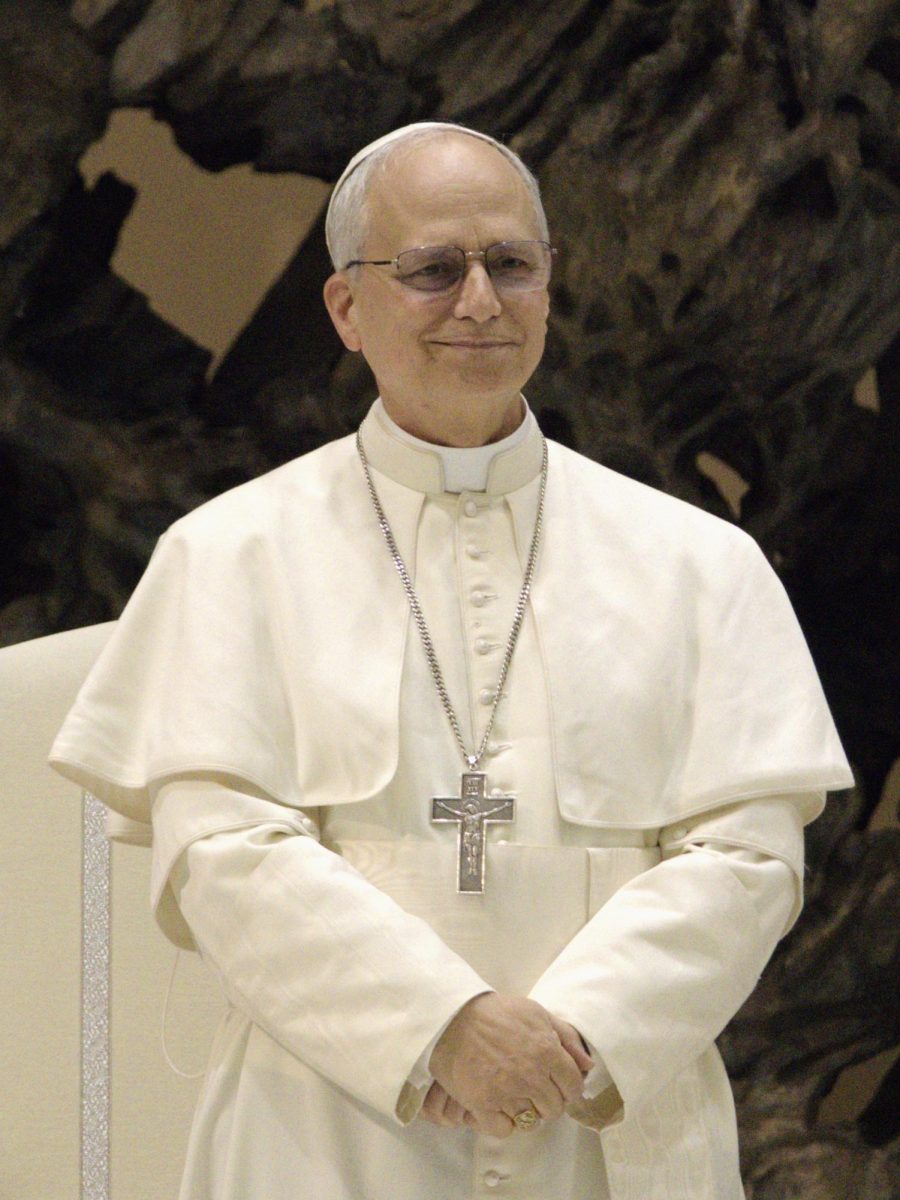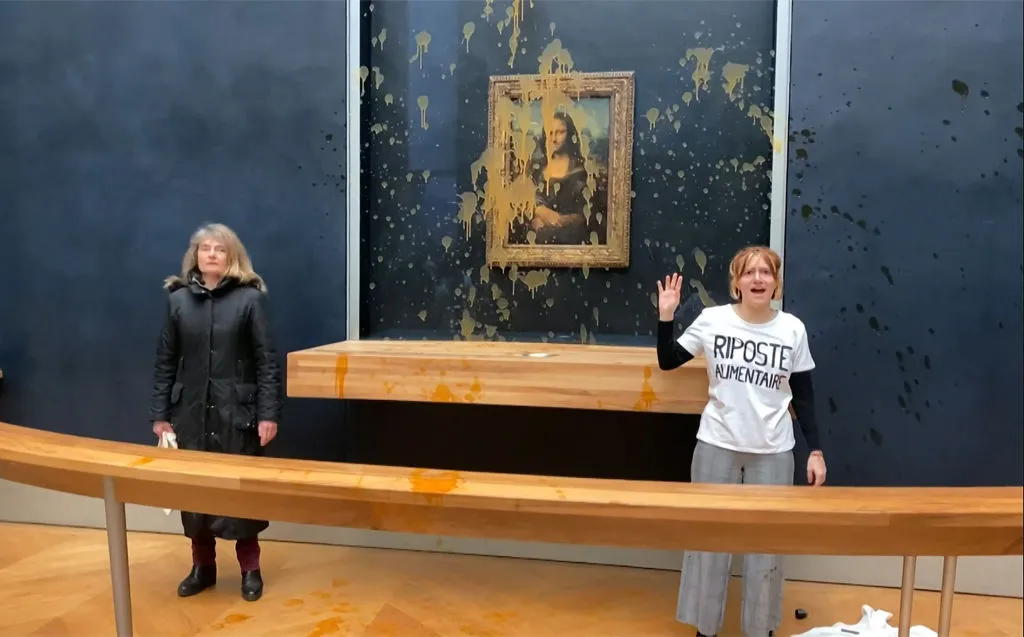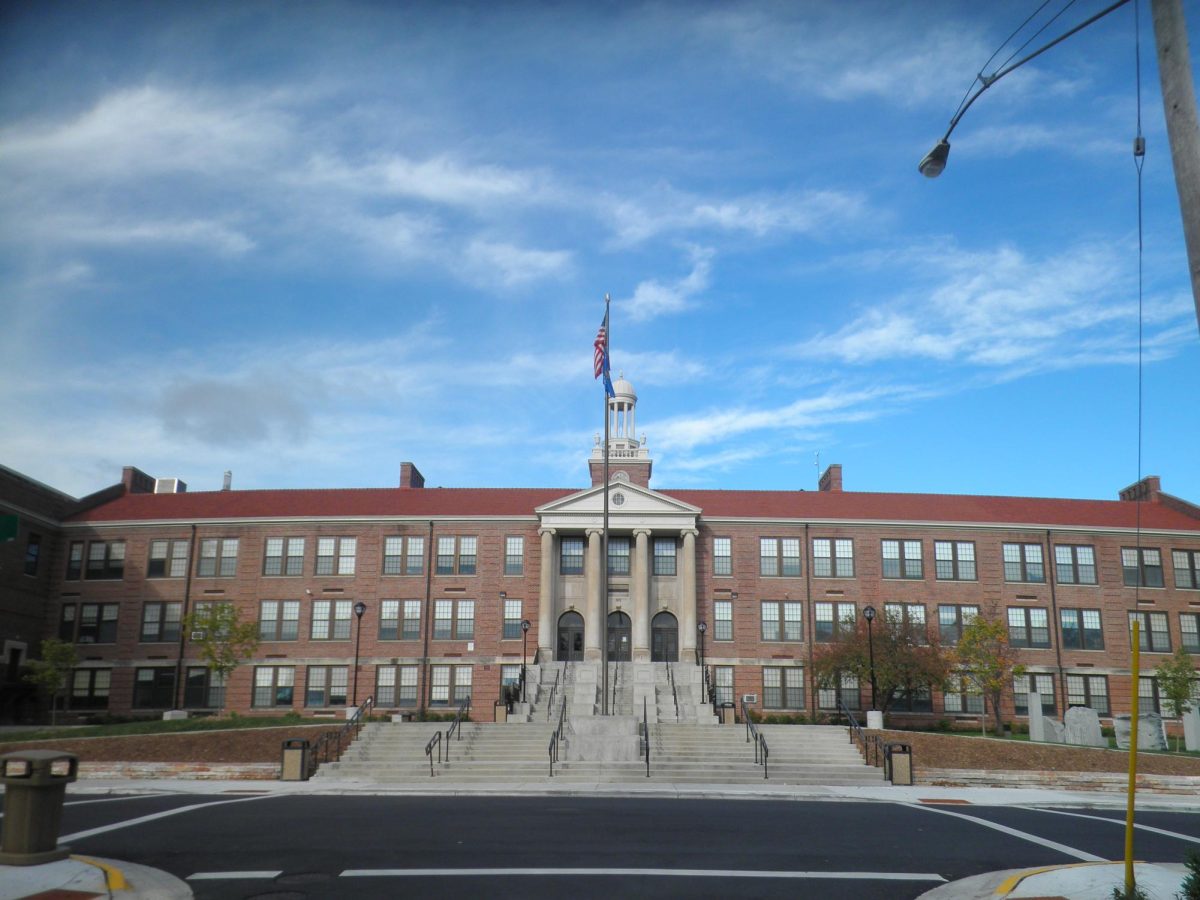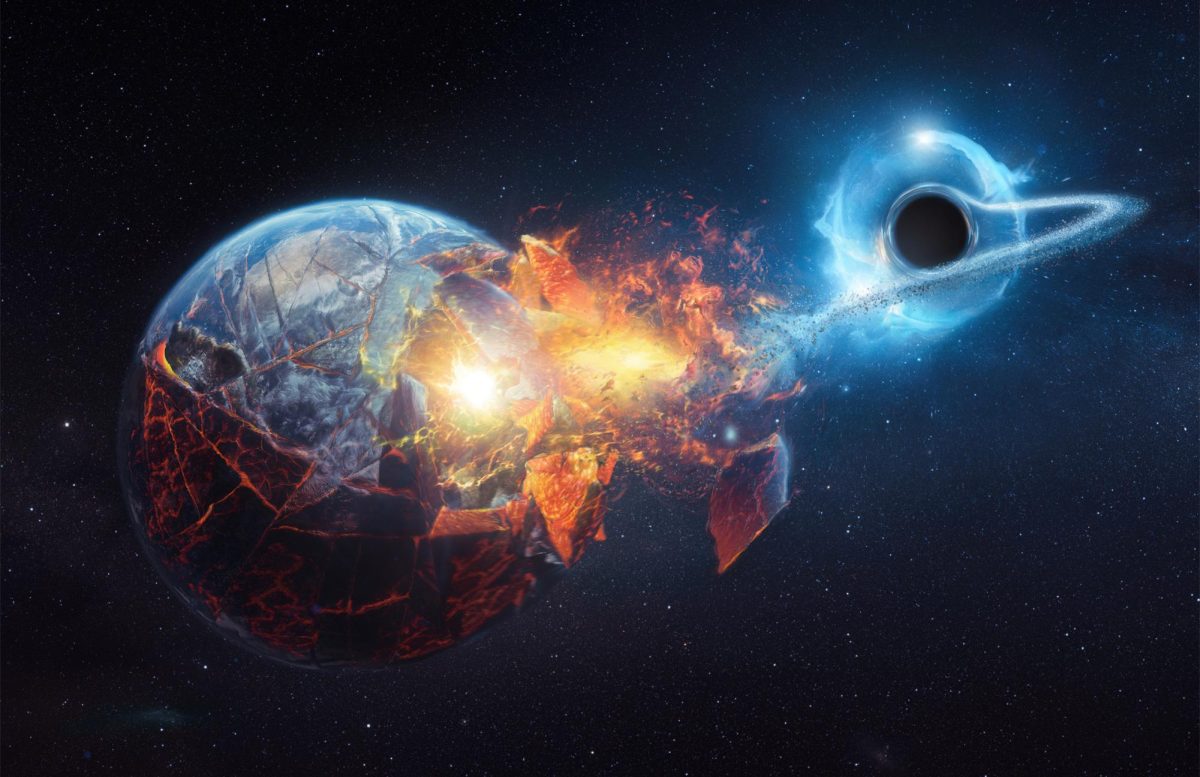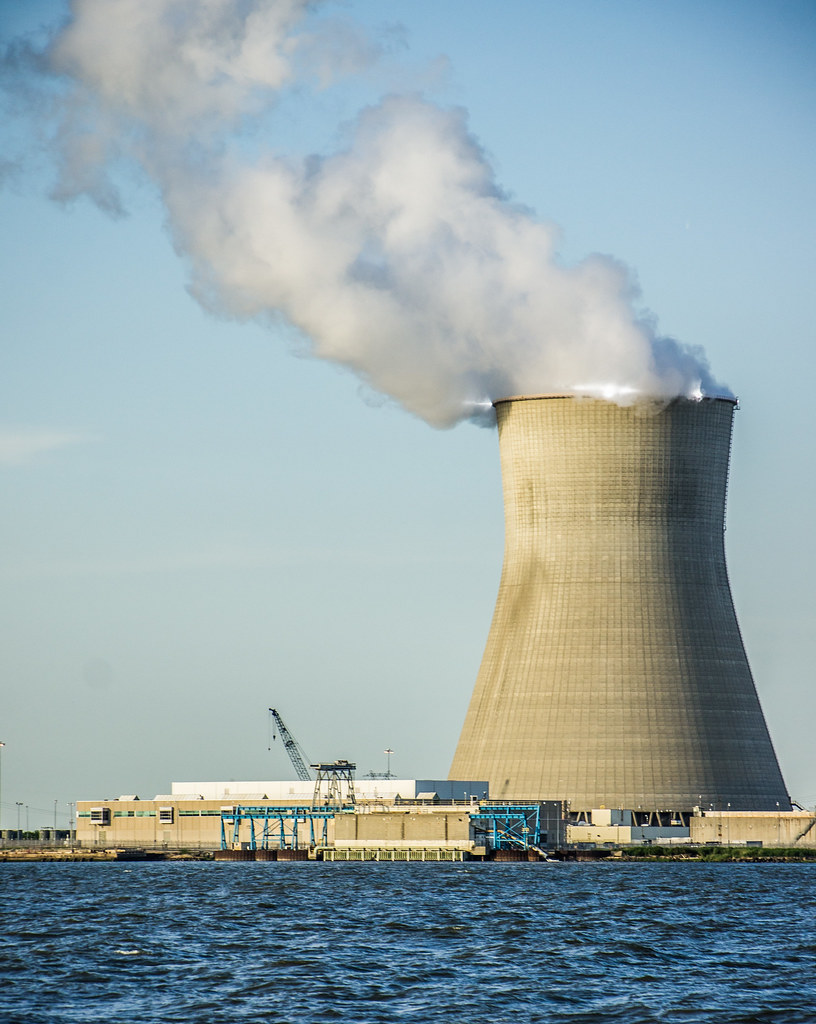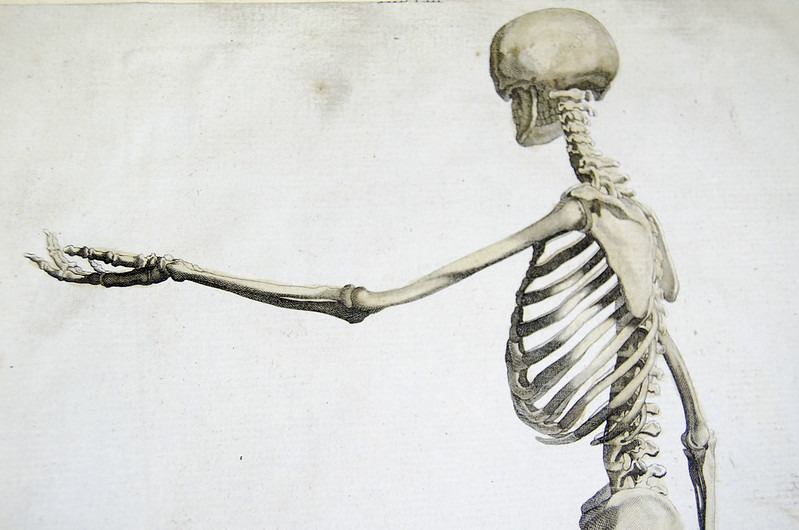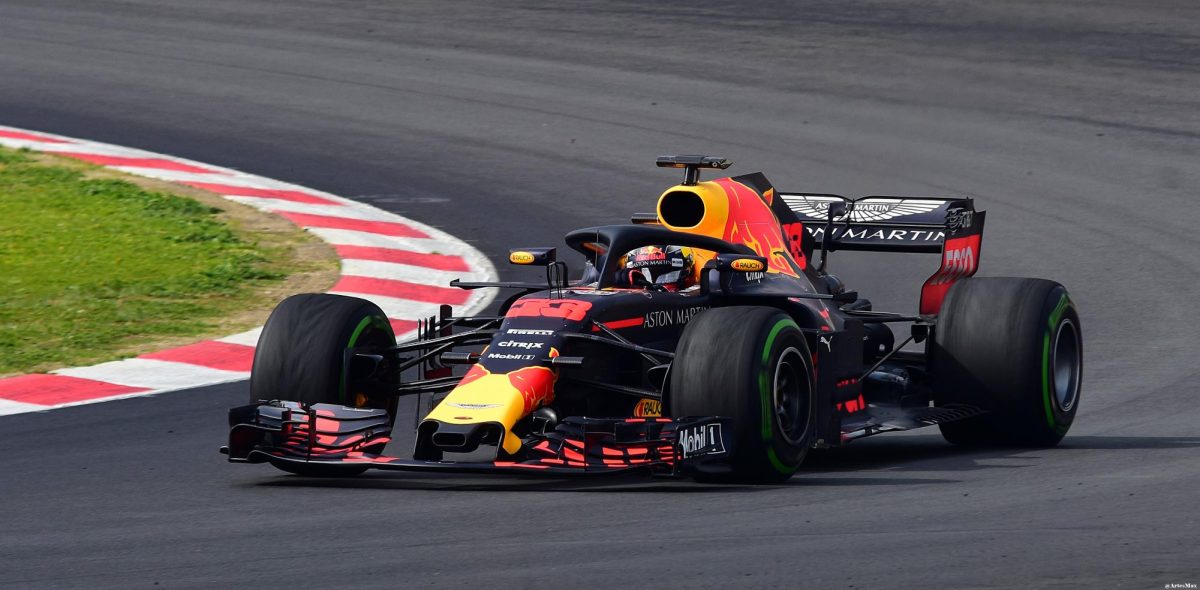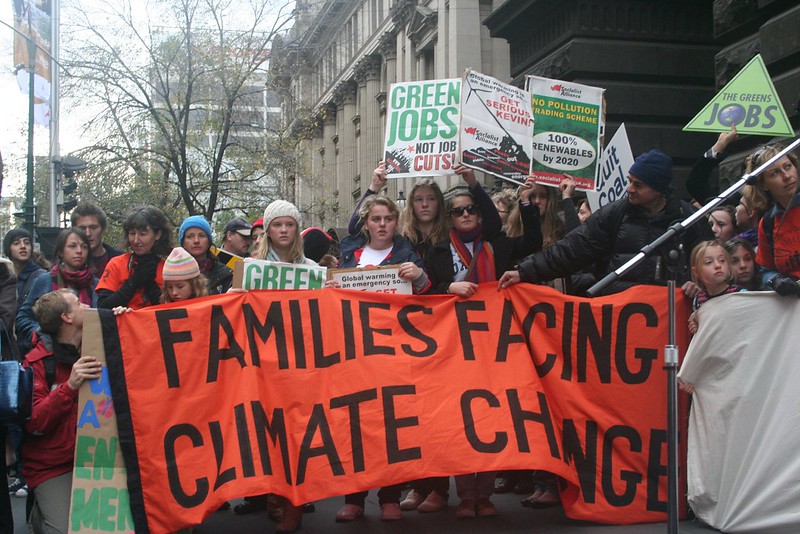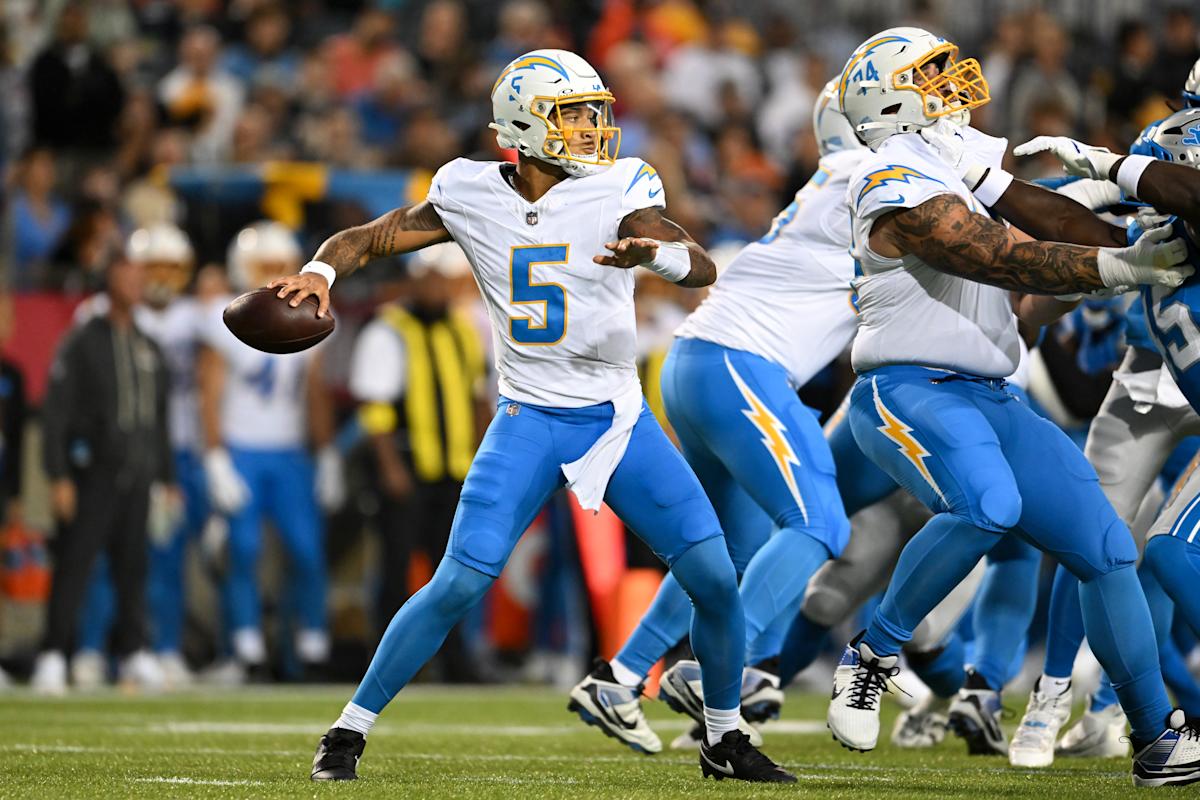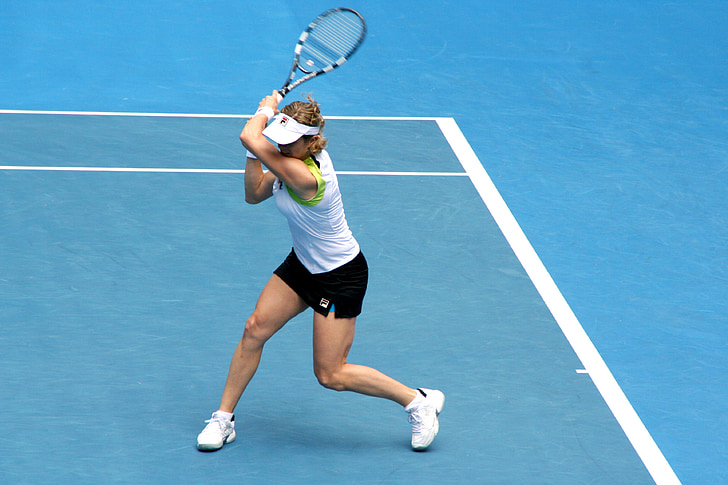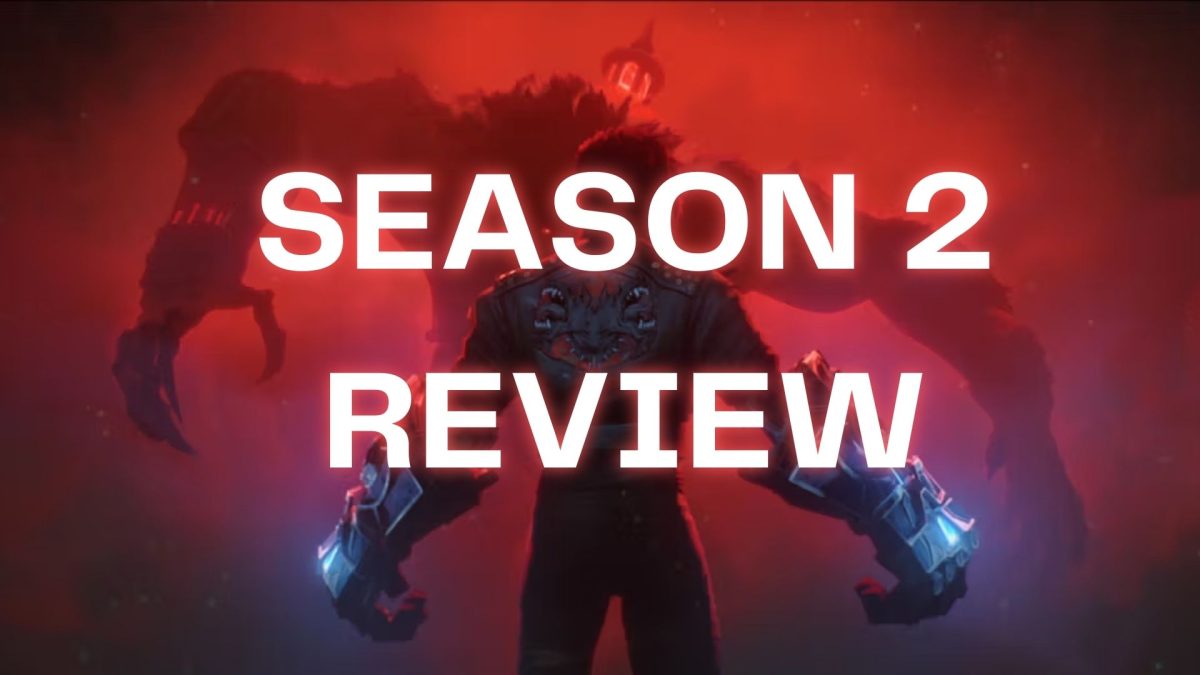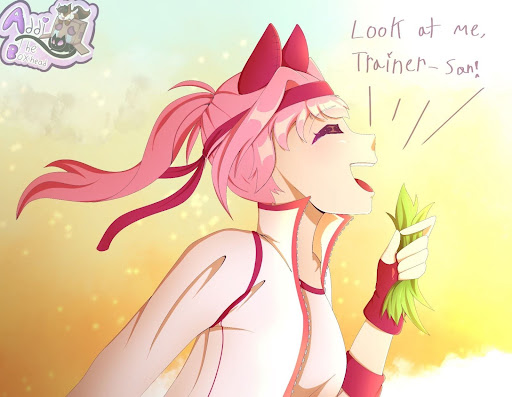This article contains major spoilers for Arcane, Season 1 and vague spoilers for Arcane, Season 2.
When I first clicked play on the first season of Arcane two years ago, it was with both excitement and trepidation; excitement, because of the year of critical acclaim for the show I had absorbed online in the year prior, and trepidation, because who wouldn’t be hesitant that an adaptation of the hit toxic gamer breeding ground League of Legends could be good? However, when I actually began watching, both emotions were quickly replaced by love, as the show’s complex worldbuilding, beautiful art style, and three-dimensional web of characters grabbed hold of me and didn’t let go until the season’s major cliffhanger finale. Season 1 of Arcane was a special experience, one that showed a television-skeptical 15-year-old that any piece of art, even a 9-episode Netflix TV prequel series based on a much-maligned video game, was capable of delivering a masterful, engaging, provocative story when created with passion and effort.
So when it was announced that Arcane season 2 would be released this year, and was later dropped on Netflix with surprisingly little advertisement by the service, I clicked play with the same level of excitement and trepidation as I had the first; excitement about seeing more of this show I loved, and trepidation that this continuation might not live up to the fantastic first season. I’m glad to say that in most aspects, Arcane season 2 did.
Season 2 starts out displaying the same visual and narrative excellence as its predecessor, in a montage showing the traumatic immediate fallout of the first season’s explosive finale. In the span of 3 minutes, the groundwork for the entire second season is laid out with ample style and emotional impact, reintroducing us to the storylines of the characters within last season’s climactic meeting, including the politicking Mel Medarda, her militaristic mother Ambessa, the ambitious and idealistic Jayce and his lab partner Viktor– in addition to immediately showing the deaths of a few significant named characters from the previous season. This first montage is a synecdoche of the season, in many ways– there’s many things Arcane season 2 can be accused of, but certainly not narrative inefficiency, as the show is able to juggle numerous characters and storylines at a breakneck pace without losing emotional heft, though it does leave some threads dangling in ways that could be unsatisfying to some.
Before getting further into the good and bad of Arcane’s second season, it’s important to acknowledge that the season is split into 3 acts, each of which is 3 episodes long and was released a week apart. The first act mostly carries on the promise set by its first scene, diving headfirst back into multiple characters’ stories, including Piltover cop Caitlyn, whose mother was one of the councilors caught in the season ending explosion, Vi, the sort-of protagonist Zaunite of season 1 whose relationship with her sister and other returning character Jinx/Powder acted as the crux of that season, as well as “boy savior” Ekko, genius immortal yordle Heimerdinger, right hand woman without a left hand (in more ways than one) Sevika, and more. If it seems like I’m just listing names and character descriptions in this review so far, that’s because that’s mostly what season 2’s first act does, having to simultaneously reintroduce us to the show’s enormous cast of characters in addition to showing each of their reactions and development after the attack on the Council and Silco’s death. On that front, the show is excellent, as even when a character is absent for entire episodes or more, Arcane sets aside time to view every character with a deeply empathetic lens. Every character in Arcane is flawed in obvious ways, often seemingly past the point of redemption, but the show always makes sure we understand the characters as people first and foremost, which ensures characters never feel lost within the show’s breakneck pace.
This strength leads to one of the best sections in both seasons of the show, in the season’s second act. Whereas the first act showed characters mostly reacting to and participating in grandiose political plays and battles, act two calms down and simply allows the characters to exist with each other and reckon with their past actions. With half the main cast of characters absent for one reason or another, the show slows down to focus on the few that are left, which allows for Arcane to get much more contemplative and less plot driven than it ever had been before. Characters are forced to reflect on their legacies and what they’ve lost— other characters who it seemed previously might eternally hate each other are given a chance to bond and forgive one another. In one scene, the show seemingly self-reflexively remarks on its own penchant for violence, as one character attempts to instigate a fight with another only to realize they’re perpetuating the same violent cycle that led to their current misery. In a show like Arcane that seems to thrive on characters constantly trying to move forward in a way that ends only in hate and disaster, act 2 allows the characters to simply sit with themselves and truly examine what a better future might look like— though of course, the fact that it’s act 2 and not act 3 means that future doesn’t quite come about.
Act 3 starts off strong with what is likely the best episode of the entire series, “Pretend Like It’s the First Time”, an episode that epitomizes all of the strengths of act 2 in only 40 minutes of runtime. Without spoiling anything, the episode shows characters reacting to two alternate futures for Piltover and Zaun, one utopic and the other dystopic. The episode confronts both the audience and its characters with a terrifying vision of what can be, alongside a tragically serene vision of what could’ve been, paralleling the two to heartbreaking extents. It’s pure, thoughtful character work from beginning to end, all perfectly contrasted and concentrated moments of harrowing lows and blissful highs. In a way, episode 7 feels like the main idea of the show in microcosm, a showcase of why the cycles of hate and fighting at the center of the show must end for anybody to truly be happy, that ironically shows why the people we love are truly worth fighting for.
Where act 3, and the second season as a whole, starts to show its cracks is when all of the characters must reunite for the big final showdown. Arts and Entertainment editor Ben Thom put it best when he noted to me that Arcane doesn’t quite seem to know how to wrap things up, and has never quite needed to, given the first season’s cliffhanger ending. Throughout its two seasons, Arcane has worked best as a knife-twisting tragedy with fantasy plot and worldbuilding as foundation, where characters are consistently given the possibility of a happy ending before one character or another’s ambition or inability to let go of the past inevitably gets in the way. With season 2 acting as the show’s final season, it seems as though the show’s runners were left undecided as to whether they wanted to honor that tragic ethos with the ending, leaving some vital political plot lines resolved offscreen without dealing with the messy implications, while other plot lines are left feeling like plot for plot’s sake without the tragic undercurrents to support them. While the breakneck, whole-season’s-worth-of-story-in-three-episodes feel of season 2’s first act felt like a worthy tradeoff for the narrative economy of being able to set up so much for the rest of the season, the same feel in the third act leaves some aspects feeling rushed, with a bittersweet ending that feels like it needed a lot more time to breathe and really sink in.
However, in the words of one character in the finale, there is beauty to imperfection. In an ideal world, we’d have three more episodes or even another season to truly explore all of the threads that Arcane season 2 sets up. Still, in this current reality, there is still something to love and appreciate about what Arcane does choose to focus on in the midst of its messy finale. For one, the visuals in the finale (and the rest of the season) never falter, as animation studio Fortiche once again brings their A-game to the show’s typical 2D/3D melding animation style and the more expressive montages and fight scenes. At many moments, Arcane season 2’s exceptional visual storytelling is able to turn what might be budget motivated rushed plotting into some of the most impactful moments of the show by condensing multiple narrative and thematic elements into a few impactful images. More importantly, Arcane season 2 never loses sight of the relationships between its characters. Even amongst all the stylized action and fantasy lore of the bombastic conclusion, Arcane knows that its characters are what really matters, centering its finale action beats entirely around them and their relationships with the people that they’re fighting. Arcane has always been a show about people stuck in endless loops of blowing each other up in an attempt to either move forward or gain something they lost back, often staying stagnant or losing something more in the process. By the conclusion of the first season, it’d be easy to think those loops are unbreakable, but the second season’s finale offers a more optimistic perspective— that though love cannot bring back what is lost or fix what has been broken, love gives people the ability to see the potential in what is there with them in the moment, and in doing so allows people to transcend these destructive loops as long as they are able and willing to keep trying. It’s a powerful and welcomingly heartfelt idea that leads to the highest highs in the season and is enough to make me overlook some of the season’s more rushed aspects in favor of loving its beautifully imperfect core.


